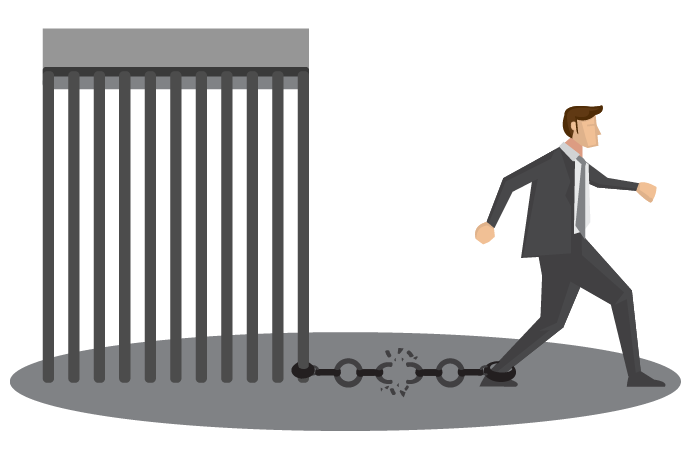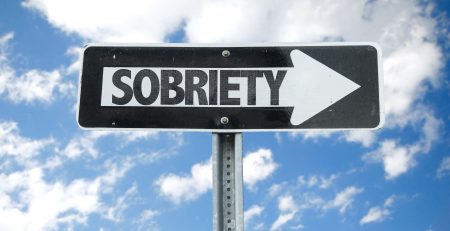Way back in 2000 it was my job to begin to develop internship relationships with local colleges and universities. Dr. Tammy Malloy has fully developed that program here at our South Florida behavioral healthcare center. It continues to be among the best examples of how treatment centers and universities can work together and how students can grow into professionals.

The obvious way to begin relationships with schools offering Masters Degrees in Marriage and Family Therapy, Mental Health Counseling, Social Work, and other quality graduate degrees in the helping professions is to contact the people coordinating internships at each college or university. I was surprised that a few of the people whom I contacted told me that they did not place interns in organizations treating addictions. The reason given was the perception that therapists working in facilities like Behavioral Health of the Palm Beaches (BHOPB) lacked a full range of counseling skills.
Fortunately, that perception has changed significantly since 2000. Today, BHOPB therapists are recognized as being very well trained and capable of employing a wide range of counseling skills using evidence-based treatment. This is evidenced by the number of quality colleges and universities who have been placing interns at BHOPB over the years. A number of administrators, managers and therapists currently working at BHOPB began their journey as interns.
Often in the beginning of the treatment process there maybe some disconnect between the goals of a patient and those of a therapist.
Way, way back, when I was fairly smug about the professional work that I was doing a wise physician said to me, “If you ever think that you can’t get better, you’re in trouble.” As good as we are we can always get better.
To this day there may be some disconnect between the goals of a patient and those of a therapist. We are an outstanding organization that treats substance use disorders (SUDs). It seems natural that our goal is to help a person to stop engaging in addictive behaviors. That may not be, and often isn’t, the major goal of our patient.

A good example of the goal of the patient and the goal of the therapist not aligning is whenever the patient’s primary goals are only to:
1. Stay out of jail
2. Reduce drug usage to a moderate level so they don’t lose their girlfriend, boyfriend, husband or wife
A ‘Therapeutic Alliance’ is nothing more than an agreement between a patient and the therapeutic team on goals, strategies, and methods.
The point is that, in spite of all the good work that we do, we sometimes fail to develop a Therapeutic Alliance (ASAM, 2013; Claunch et. al., 2015) with our patients. A ‘Therapeutic Alliance’ is nothing more than an agreement between a patient and the therapeutic team on goals, strategies, and methods. However, to have this ‘agreement’ you have to build trust. How can you build trust unless you’re both driving on the same road? Building trust in the therapeutic relationship is what fosters the Therapeutic Alliance (T.M.).
Get a Free Insurance Verification Today!
"*" indicates required fields

If my goals are to stay out of jail and to keep a girlfriend and my therapist’s goal is to get me to stop using, there’s a conflict. The conflict took some time to resolve but we had to work it through, get over some anger, and it took some time.
It would have taken a lot less time and conflict had my therapist, from the start, accepted my goal and helped me to realize that I had no hope of remaining free or maintaining a relationship unless I stopped using.
It would be no different for the lady who wants her children back or a man trying to keep his job. In other words, form a ‘Therapeutic Alliance’ from the get-go.
Two-way feedback is a necessary part of the therapeutic process.
Developing the alliance is very dependent upon the patient receiving frequent feedback regarding their progress or lack thereof. Barry Duncan et. al. (2009) have developed ‘Feedback Informed Treatment (see: FIT/[email protected]).’ A number of organizations are either using or adapting the principle of immediate feedback. FIT Outcomes provide examples of Session Rating Scales (SRS) and Outcome Rating Scales (ORS). Immediate feedback can become available to both patient and therapist following each session (SRS) and each intervention (ORS). A patient cannot change unless the patient knows what to change. Don’t we want to know if the road we are on, together, is the right road and that the intervention we are using will prevent the car from breaking down? Two-way feedback is a necessary part of the therapeutic process.
Ever been in a hospital? The lack of information can drive you nuts!!

Think about what you may be looking for from your supervisor. Have you ever received unexpected feedback after six months or a year? Not fun? Behaviors could have been changed had you known sooner.
Earlier when that physician said to me, “If you ever think that you can’t get, better you’re in trouble,” it really pissed me off! A good indicator that something needed to change.
If you or a loved one are struggling with drugs or alcohol, please call us today at 561-220-3981.













